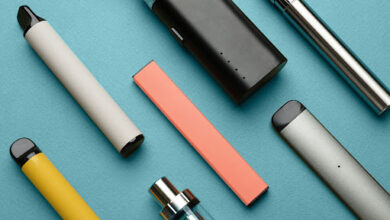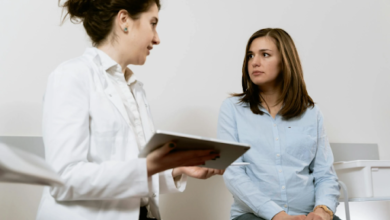Step-by-Step Guide to Using a Cervical Traction Device Safely at Home
Step away from the pain relievers.If your neck feels like it’s made of rusted bolts and tension cables, you’re not alone. From desk-job strain to post-injury stiffness, neck pain is one of those modern discomforts that’s as common as bad Wi-Fi. Fortunately, there’s a safe, drug-free solution that doesn’t involve flipping upside down or hanging from doorframes: the cervical traction device.
Before you assume this sounds medieval, hold up. Today’s home traction tools—like the highly recommended Saunders cervical traction device—are sleek, user-friendly, and built for safety. You just need to know how to use them the right way.
Let’s walk through it—step by step.
First, What Even Is Cervical Traction?
Cervical traction gently stretches the neck to decompress spinal discs, increase blood flow, and reduce pressure on nerves. It’s often used to treat:
- Herniated or bulging discs
- Cervical spondylosis
- Nerve root compression
- Chronic neck stiffness or tension headaches
In other words: if your neck hurts and it’s not from whiplash or a fresh injury, traction might help. But always (and we mean always) check with your doctor before trying any traction routine at home.
What You’ll Need:
- A quiet space (your bed or floor will work)
- A flat surface
- The Saunders cervical traction device
- About 10–20 minutes of your day
- Zero distractions (maybe mute the group chat)
Step 1: Unbox and Get Familiar
The Saunders device comes in a hard-shell case with instructions and all necessary parts. No tools. No guesswork. No inflatable gizmos that look like travel pillows gone rogue.
Take a moment to understand how it works:
- Headrest: Where the back of your head rests
- Neck wedges: These gently cradle your neck and keep it stable
- Hand pump: Controls the amount of traction applied
- Pressure gauge: Shows exactly how much force is being used
Step 2: Lie Down and Align
Place the device on a firm, flat surface—like the floor or a sturdy mattress. Lay down so the back of your head fits snugly on the headrest and your neck is supported by the adjustable wedges.
Pro tip: Adjust the angle of the incline so your head isn’t tilted awkwardly. Most users feel best with a neutral head position—looking straight up at the ceiling.
Make sure you’re relaxed. If your shoulders are scrunched or your jaw’s clenched, take a few deep breaths before continuing.
Step 3: Lock It In and Get Comfy
Use the forehead strap to secure your head in place—gently, not like you’re prepping for takeoff. The goal here is comfort and stability, not a hostage situation.
Adjust the neck wedges until they feel firm but not pinchy. You want support, not a squeeze.
Step 4: Pump Slowly
Here comes the magic. Use the hand pump to slowly begin increasing the traction force. Start small—between 10 and 15 pounds of pressure is usually sufficient for beginners (but again, follow your doctor’s instructions).
You’ll feel your neck begin to gently stretch. Not yank. Not pull. Just a firm, comfortable separation, like the weight of your head is floating.
Hold for 10 to 15 minutes, unless otherwise directed. The device is designed to maintain a consistent level of pressure throughout the session—no drifting, no readjusting.
Step 5: Release and Rest
When your session is complete, press the quick-release valve on the pump to deflate the pressure.
Wait a few moments before sitting up. Your spine just experienced decompression, so give your body a second to recalibrate.
Some users report feeling instant relief. Others notice improvement over several sessions. Either way, consistency is key.
What to Expect—and What to Avoid
You might feel:
- A sense of lightness or reduced pressure
- Improved neck mobility
- Less tingling or numbness in arms if caused by nerve compression
You should not feel:
- Sharp or sudden pain
- Nausea or dizziness
- Increased tingling or weakness
If anything feels off, stop immediately and consult your provider. Traction should feel like a release—not a stress test.
Final Thought: It’s a Tool, Not a Miracle
A cervical traction device isn’t a cure-all, but it is a powerful ally in your neck pain arsenal. Especially if you’re managing chronic tension, herniated discs, or degenerative changes, this tool can become part of a proactive, self-guided recovery routine.
And with the Saunders cervical traction device—which offers clinical-grade traction in a portable home setup—you’re getting one of the most respected, easy-to-use options available.
Neck pain doesn’t have to be your forever state. Just a few calm minutes, a little setup, and some steady traction could be the reset your spine’s been begging for.




